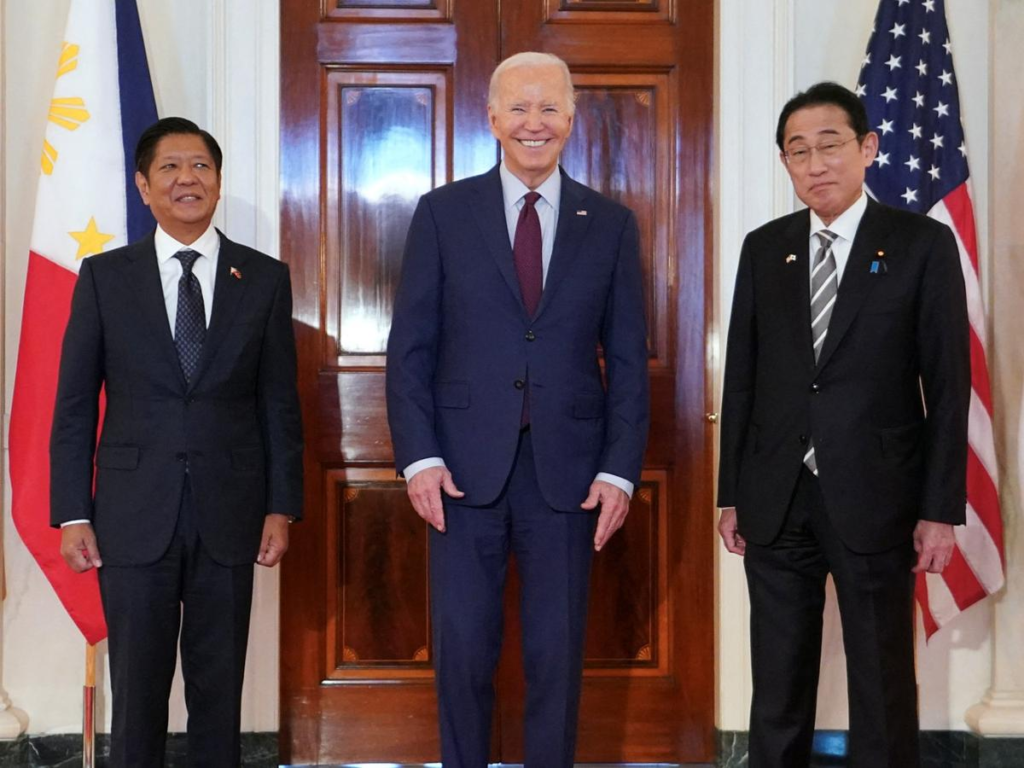
The Biden administration has invested heavily in rebuilding and strengthening alliances in Asia as part of its broader strategy to counter China’s growing influence and ensure regional stability. These efforts reflect a deliberate shift in U.S. foreign policy priorities, focusing on collaboration and multilateralism after years of strained relationships under previous administrations.
Key Actions Taken by the Biden Administration
- The Quad Revitalization:
- The administration has rejuvenated the Quadrilateral Security Dialogue (Quad) with India, Japan, and Australia. This informal grouping has focused on:
- Maritime security.
- Countering China’s assertiveness in the Indo-Pacific.
- Collaborating on vaccine distribution and climate change.
- The administration has rejuvenated the Quadrilateral Security Dialogue (Quad) with India, Japan, and Australia. This informal grouping has focused on:
- AUKUS Agreement:
- Biden spearheaded the Australia-UK-US (AUKUS) pact, which provides Australia with nuclear-powered submarine technology.
- This agreement underscores a deepened commitment to deterring aggression in the Indo-Pacific.
- Improved Relations with South Korea and Japan:
- Strengthened trilateral ties between the U.S., South Korea, and Japan.
- Key focus areas include missile defense, economic security, and coordinated responses to North Korea’s nuclear threats.
- Philippines and Security Cooperation:
- Enhanced military access in the Philippines through expanded bases under the Enhanced Defense Cooperation Agreement (EDCA).
- Joint military exercises and commitments to defending the Philippines’ sovereignty in disputed waters have been central.
- Economic Frameworks:
- Launched the Indo-Pacific Economic Framework (IPEF), engaging 13 regional nations to promote trade, technology, and sustainability.
- While not a traditional trade agreement, IPEF signifies a pivot to economic diplomacy.
Challenges and Questions About Durability
- Political Uncertainty in the U.S.:
- The potential return of Donald Trump or another Republican leader in 2025 could disrupt these alliances, as some allies remain skeptical about the consistency of U.S. commitments.
- Biden’s multilateral approach contrasts sharply with the “America First” policies previously seen, creating uncertainty about long-term strategies.
- China’s Countermeasures:
- China has intensified its own diplomatic outreach, leveraging economic incentives through initiatives like the Belt and Road Initiative (BRI).
- Beijing portrays U.S. policies as containment strategies, complicating alliance-building efforts.
- Regional Sensitivities:
- Many Asian nations seek to balance relations between the U.S. and China, avoiding alignment that could provoke retaliation from Beijing.
- This balancing act limits the scope of cooperation, particularly on contentious issues like Taiwan.
- Economic Interdependencies:
- While IPEF shows promise, its limited trade benefits compared to agreements like the Comprehensive and Progressive Agreement for Trans-Pacific Partnership (CPTPP) raise doubts about its effectiveness.
- Economic interdependence with China remains a significant factor for many U.S. allies.
Future Outlook
The durability of these alliances hinges on several factors:
- Consistency in U.S. Leadership: A unified bipartisan approach to foreign policy is critical for sustaining trust among Asian allies.
- Regional Cooperation: Continued efforts to address shared concerns, such as cybersecurity, supply chain resilience, and climate change, can strengthen ties.
- Military Presence and Commitments: Demonstrating unwavering security commitments, particularly in hot spots like the South China Sea and Taiwan Strait, will remain pivotal.
Biden’s efforts have undeniably strengthened U.S. presence and influence in Asia. However, the region’s complex dynamics and uncertainties around future leadership underscore the fragility of these gains. Sustaining momentum will require a long-term commitment to collaboration, transparency, and adaptability.